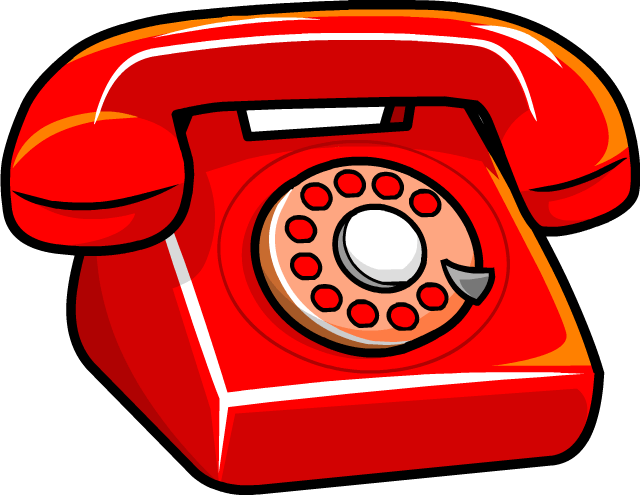You smell a foul odor but can’t pinpoint where it is. You’ve checked the refrigerator and trash can, but finally, your nose leads you to…the garbage disposal. But what can you do when your Insinkerator garbage disposal smells bad? We’ll explain how to clean and deodorize a stinky disposal as well as how to prevent future odors.
How to Banish Odor When Your Insinkerator Garbage Disposal Smells Bad
It can be a little intimidating to clean a machine with powerful impellers. Fortunately, our cleaning methods will keep you safe while also eliminating bacteria and odor. But to answer, “Why does my garbage disposal stink?” it’s helpful to first know the source of the smell:
Why Does My Garbage Disposal Stink?
When your Insinkerator grinds food waste some particles are often left behind, decaying in as little as a few hours. Since many of us don’t clean our disposals regularly, decaying food and its smelly bacteria can quickly get out of hand.
Food particles that collect over time can form clogs and prevent waste from passing into your septic system, further compounding smells. That’s why tackling a smelly disposal begins with banishing blockages.
#1 – Remove Garbage Disposal Clogs
When your garbage disposal smells really bad it’s possible that a clog is to blame. Here’s a quick method to safely remove disposal clogs before cleaning:
- Unplug disposal
- Use a flashlight to locate clog inside disposal
- Remove obstruction using tongs or pliers, never putting your hand directly in the disposal
- Plug the disposal back in
- Run cool water and disposal for a full minute

#2 – Soak Your Disposal in Soapy Water
Now that you’ve removed any clogs your disposal needs a good cleaning to dispel bacteria and odor. We suggest these quick steps for how to clean a garbage disposal:
- Plug the disposal drain
- Fill the sink with 4 inches of water combined with 2 teaspoons of liquid dish detergent
- Circulate the water to create suds
- Allow the disposal to process the soapy water by removing the plug and turning it on
- Turn the disposal off
- Pour liquid dish soap onto a wet scrub brush
- Use the brush to scrub the outside of the disposal as well as inside the drain
#3 – Clean Disposal with Ice and Salt
When your Insinkerator garbage disposal smells bad sometimes a more abrasive cleaning method is necessary. Here’s how to use the friction of ice and salt for a deeper clean:
- Place at least 10 ice cubes in your sink
- Sprinkle the cubes with about ½ cup of coarse salt
- Run a trickle of cool water, directing the ice cubes and salt down the disposal drain
- Continue running the disposal until the ice and salt are gone

Image from Everyday Cheapskate
#4 – How to Deodorize Your Disposal
Foul odors have a tendency to linger even after the source is removed. We recommend some simple pantry staples and fresh citrus to banish stubborn odors:
- Pour 2 cups of baking soda into the disposal drain
- Slowly add ½ cup white vinegar
- Allow mixture to sit in the drain for 30 minutes
- Turn water on and run the disposal for 1 minute
- With the water and disposal continuing to run, slowly add the peel of 1 lemon cut into 1-inch pieces
#5 – How to Prevent Garbage Disposal Odors
Knowing what to do when your Insinkerator garbage disposal smells bad is just half the battle against odor. Follow our odor prevention tips detailing what not to put down your garbage disposal:
- Avoid putting starchy or fibrous foods down the disposal, as they can stick to impeller blades and cause clogs
- Cut larger food waste into smaller pieces to avoid blockages
- Process abrasive materials like eggshells or ice cubes every few days to cleanse the impellers.
- If smells persist, a disposal replacement may be necessary.
Cody’s Appliance Repair can help with all garbage disposal services from disposal shopping tips to when your Insinkerator garbage disposal smells bad. Call us today to speak with our team of specialists!




